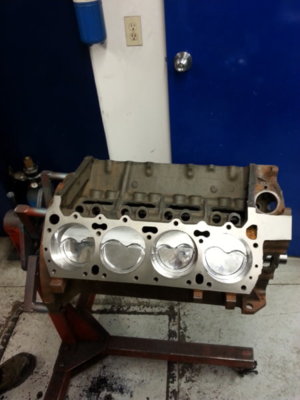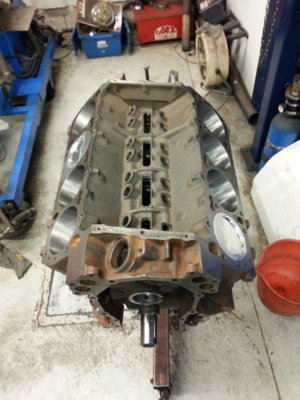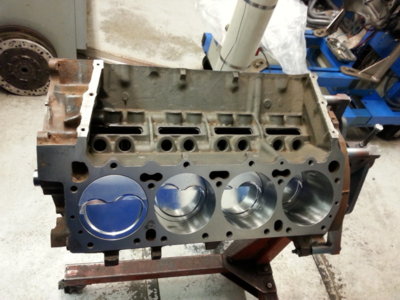Heimedw
Well-Known Member
Well I got a call from the machine shop today with not very good news. My block is not going to work for my build it has to much core shift on three cylinders? They said you can actually see the shift it's that bad. So the hunt is on again for another block. Is this a common trait and am I going to have a hard time finding a good build candidate? My builder said he would need to see 150 wall thickness and I think that's after boreing.



















